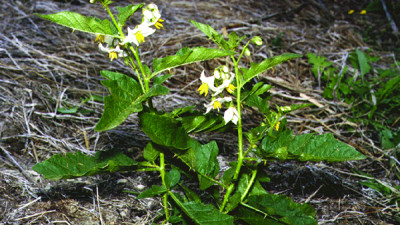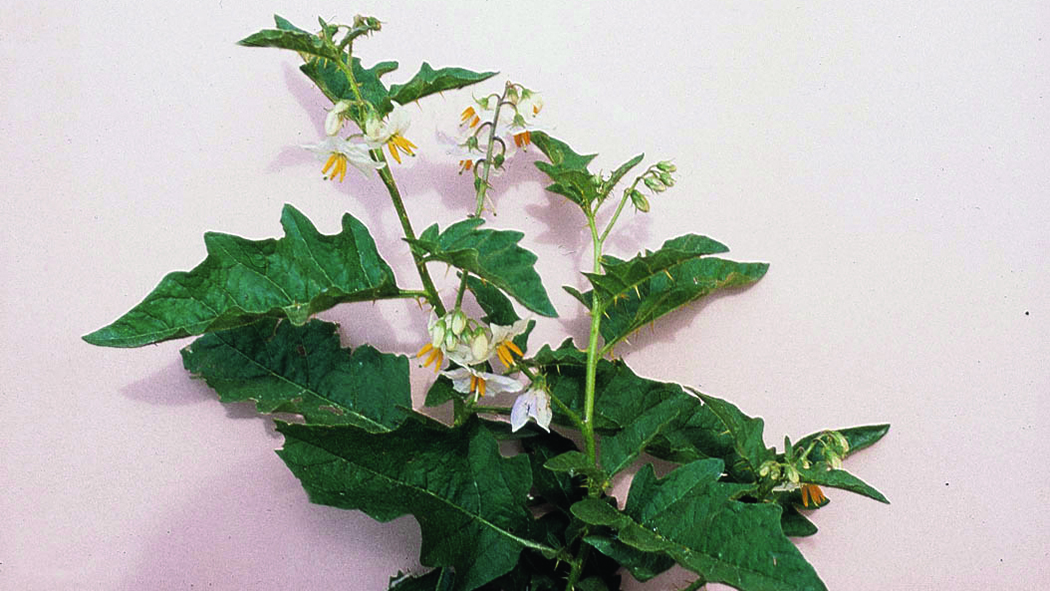| Management programme |
| Eradication. |
| Objectives |
| Reduce the level of infestation of horse nettle within the Waikato region to zero density to prevent adverse effects and impact. |
| Impacts |
| Economic, human health, animal welfare |
Horse nettle is native to the southern United States. It is likely to have arrived in New Zealand through contaminated maize seeds and became naturalised by the 1940s.

What does it look like?
A perennial herbaceous plant up to 1m tall that dies back over winter.
Leaves and stems
A key feature is the small 5mm spines that cover the leaves and stems.
Stems become woody with age.
Flowers and berries
Flowers are star-shaped with five white to violet petals and a yellow centre and grow in clusters.
The fruit is a green berry when young, turning yellow and wrinkled with maturity.
Where is it found?
Found in pasture and arable land especially in maize paddocks. At risk areas include pasture, roadsides, forest margins and amenity areas.
Why is it a pest?
- Horse nettle is extremely invasive and hard to kill.
- All parts of the plant are poisonous.
- Ingesting any of the plant can cause fever, headache, scratchy throat, nausea, vomiting and diarrhoea.
- Ingesting the fruit can cause abdominal pain, circulatory and respiratory depression, or even death.
How do you get rid of it?
Horse nettle is exceedingly difficult to control. Please do not attempt to control it. Let us know if you think you have seen this plant or have it on your property by calling 0800 800 401 to report it to your local biosecurity pest plant officer.
Photos by Auckland Council and Trevor James




